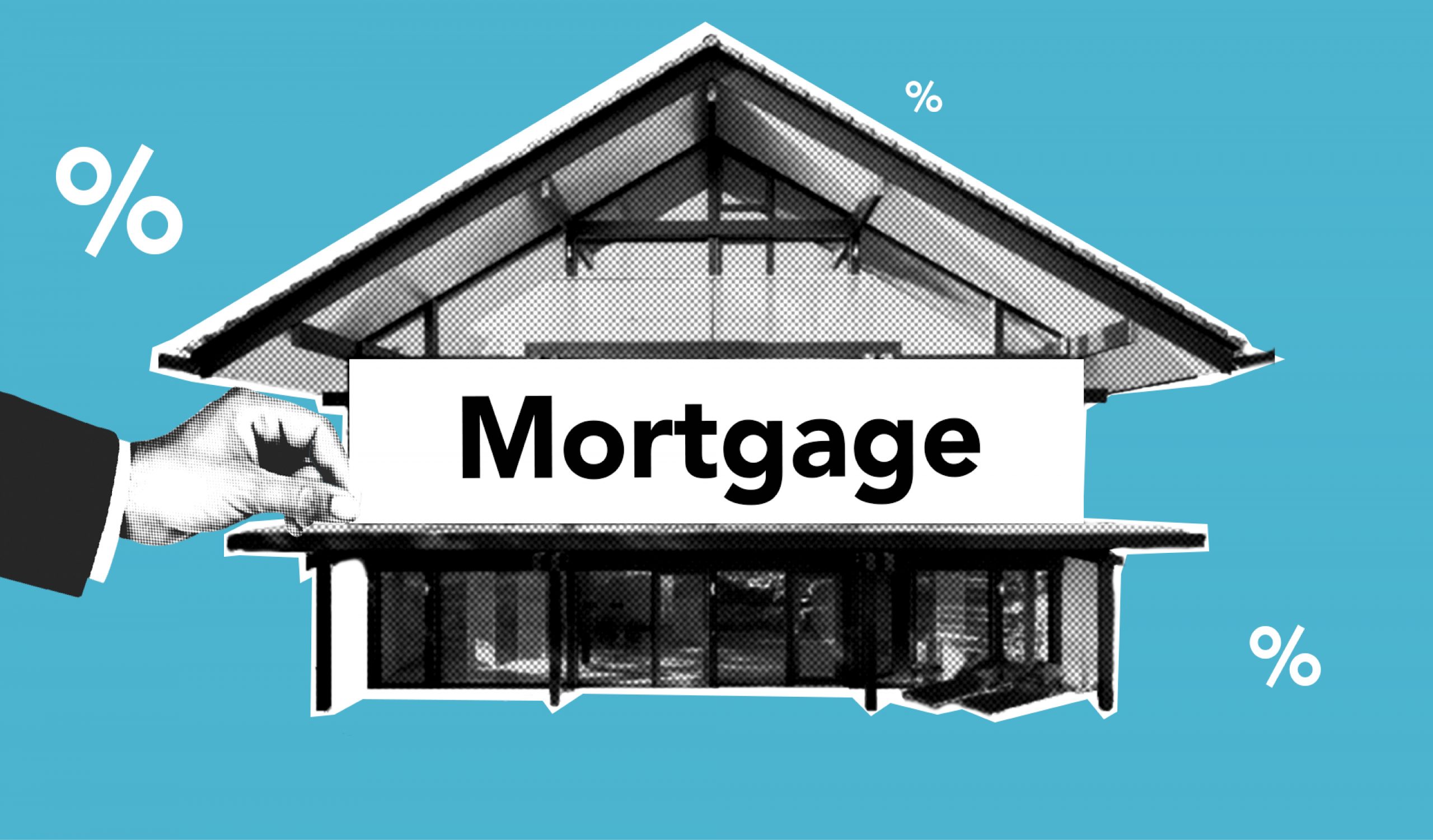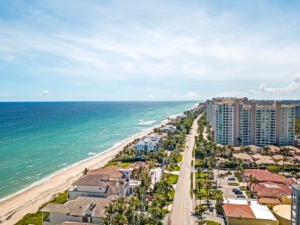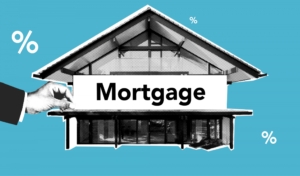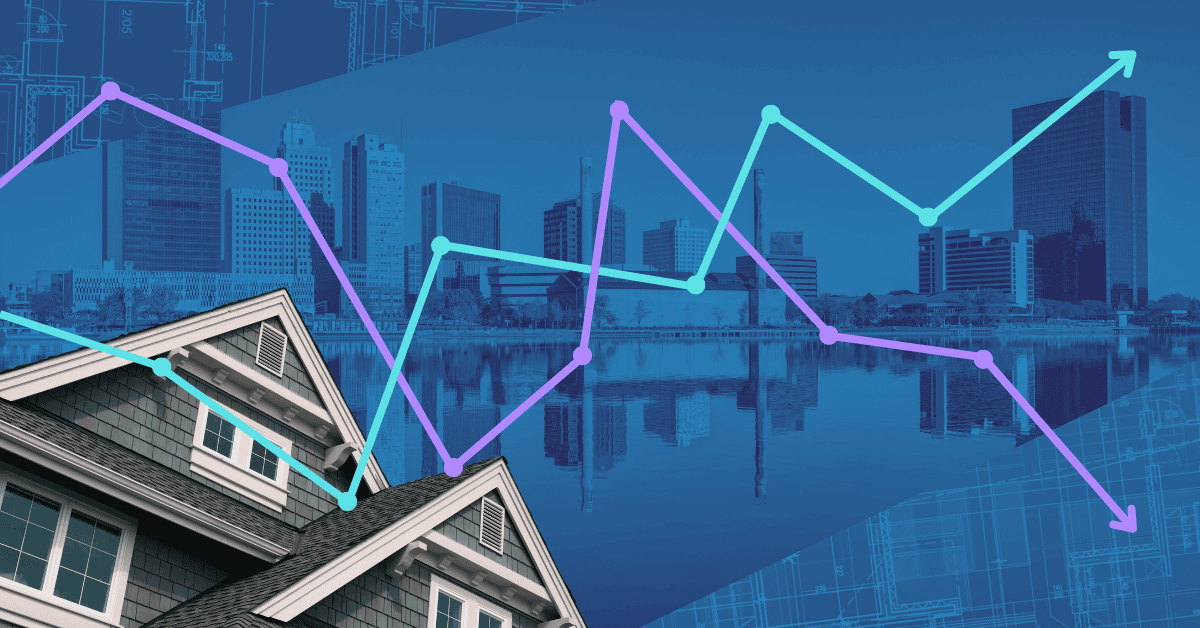Housing Market Shifts: Where Mortgage Payments Are Dropping in 2025
In a surprising shift for the housing market, monthly mortgage payments are now decreasing in select metropolitan areas across the United States as homebuyers gain newfound negotiating leverage amidst economic uncertainty. This unexpected development offers a potential silver lining for prospective homeowners who have been sidelined by years of rising costs.
Where Mortgage Payments Are Decreasing in 2025
According to an extensive analysis of the nation's 50 most populous metro areas, monthly mortgage payments have declined in 12 key markets, with Florida and Texas housing half of these cooling regions. Leading the nation in payment reductions is Jacksonville, Florida, where typical homebuyers now face monthly payments of $2,482—a substantial 4.2% decrease compared to March 2024.
Perhaps most surprising is the cooling in traditionally expensive markets along the West Coast. San Francisco experienced the second-largest decline, with monthly payments dropping 3.5% to $10,054, while neighboring Oakland saw a 2% reduction to $6,638. Other West Coast metros showing decreases include Seattle and Portland, with payments falling by 0.8% and 1.0% respectively.
The remainder of the cooling markets include:
- West Palm Beach (-1.6% to $3,643)
- Austin (-1.1% to $3,432)
- Dallas (-1.0% to $3,183)
- Tampa (-0.6% to $2,554)
- Denver (-0.5% to $3,924)
- Nashville (-0.3% to $3,010)
- Orlando (-0.3% to $2,782)
This trend stems primarily from the combination of slightly lower mortgage rates—averaging 6.65% in March 2025 compared to 6.82% a year earlier—and either declining or stagnant home prices in these regions. Nine of the twelve markets saw median home prices either drop or remain flat year-over-year, while the remaining three (Seattle, Nashville, and Denver) experienced minimal growth below 1%.
Homebuyer Negotiating Power Emerges in Previously Hot Markets
This cooling trend represents a significant power shift in markets that previously heavily favored sellers. Redfin Premier agent Ali Mafi in San Francisco notes the changing dynamic: "I recently had a client who was looking at a single-family home that had been sitting on the market. I told him, 'you're in the driver's seat; now is your chance to get a deal on a house in a neighborhood where you'd normally never get a deal.'"
The window of opportunity stems from broader economic concerns, including new tariffs and increasing recession fears that have dampened buyer enthusiasm. Many homeowners who need to sell quickly—particularly those relocating—are increasingly willing to negotiate on price to secure a transaction before economic conditions potentially deteriorate further.
This marks a stark departure from the frenzied bidding wars and rapid price escalations that characterized many of these markets in recent years, offering potential buyers rare leverage in negotiations.
Rust Belt and Northeast Areas Experience Contrary Trends
While some markets cool, others continue to see rising mortgage costs. Cleveland leads the nation with a 9.3% increase in monthly payments, reaching $1,687. This trend extends throughout the Northeast, particularly in the greater New York City area, where Newark, NJ (+6.7% to $4,485), Nassau County, NY (+5.4% to $5,189), and New Brunswick, NJ (+5.1% to $4,061) all experienced significant payment increases. Providence, RI rounds out the top five with a 5.6% increase to $3,451.
These divergent trends highlight the increasingly regional nature of the housing market in 2025. The rising payments in Rust Belt markets reflect their continued relative affordability, allowing room for price growth despite broader economic concerns. Meanwhile, Northeast markets maintain strong local demand that can absorb higher housing costs.
Affordability Crisis Persists in California Despite Recent Cooling
While the Bay Area has experienced some payment reductions, California remains the nation's least affordable housing market by a significant margin. San Jose leads with median monthly payments of $10,825, followed closely by San Francisco at $10,054. Anaheim ($7,937), Oakland ($6,638), and Los Angeles ($6,169) complete the top five most expensive markets.
When analyzed against local incomes, the affordability gap becomes even more pronounced. In Los Angeles, a median-income household ($96,509) would need to allocate a staggering 77% of their earnings to afford the typical mortgage payment—the highest proportion nationwide. Similar challenges exist in Anaheim (76%), San Jose (75%), San Francisco (74%), and San Diego (65%).
This persistent affordability crisis explains why even modest payment reductions in places like San Francisco and Oakland haven't fundamentally altered the challenging landscape for most potential homebuyers in these markets.
Most Affordable Housing Markets in 2025
In stark contrast to California's housing crisis, the Rust Belt continues to offer the nation's most affordable homeownership opportunities. Detroit boasts the lowest median monthly payments at $1,290, followed by Pittsburgh ($1,685), Cleveland ($1,687), St. Louis ($1,831), and Philadelphia ($1,998).
The affordability advantage becomes even more apparent when considering local income levels. Detroit households need to allocate just 23% of median income ($65,455) toward monthly housing payments—the lowest proportion nationwide. Similarly favorable conditions exist in Pittsburgh (25%), St. Louis (25%), Cleveland (26%), and Indianapolis (26%).
These markets highlight the dramatic regional disparities in housing affordability across the United States, with typical monthly payments in San Jose more than eight times higher than those in Detroit.
Housing Market Insights for 2025
Are we entering a buyer's market in 2025?
While "buyer's market" might be overstating the situation nationally, we're certainly seeing a regionalized shift in market power. Areas experiencing payment declines—particularly in Florida, Texas, and parts of the West Coast—now offer buyers more negotiating room than they've had in years. However, this represents a correction rather than a collapse, with most markets simply returning to more balanced conditions.
What's causing mortgage payments to fall in certain markets?
The primary factors include: 1) Slightly lower mortgage rates compared to early 2024, 2) Declining or stagnant home prices in specific regions, and 3) Reduced buyer demand due to economic uncertainty. The combination of these elements has created downward pressure on monthly payments in 12 major metropolitan areas.
Will this trend continue throughout 2025?
Economic indicators suggest this pattern may persist in the affected markets, though recent mortgage rate increases in April could potentially slow or reverse some of these payment reductions. The cooling trend appears most sustainable in previously overheated markets that saw significant price appreciation during the pandemic years.
Which housing markets offer the best value for buyers in 2025?
The answer depends on your priorities. For pure affordability, Rust Belt cities like Detroit, Pittsburgh, and Cleveland remain unmatched, requiring the smallest percentage of income for housing. For buyers seeking markets with improving conditions and new negotiating leverage, Jacksonville, San Francisco, and West Palm Beach show the most significant payment reductions year-over-year.
How do these trends affect current homeowners?
For homeowners in cooling markets, particularly those who purchased at peak prices, this represents a potential reduction in equity growth. However, for the majority who have owned their homes for several years, substantial equity remains intact despite these modest corrections. The trends primarily impact those looking to sell in the immediate future, particularly in the 12 metros experiencing payment declines.












